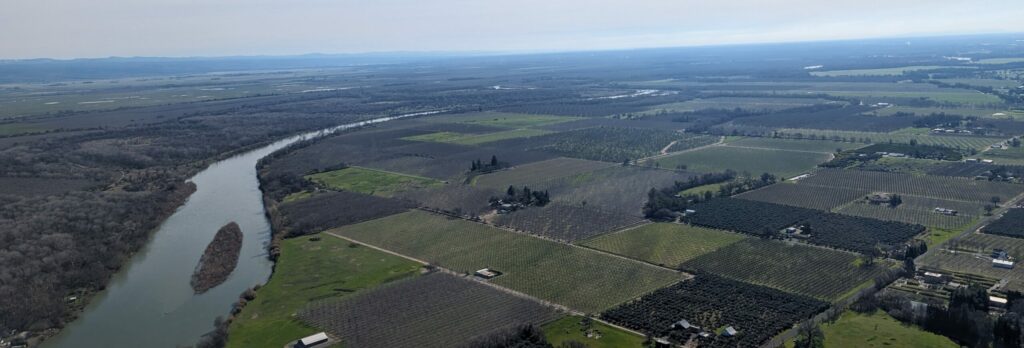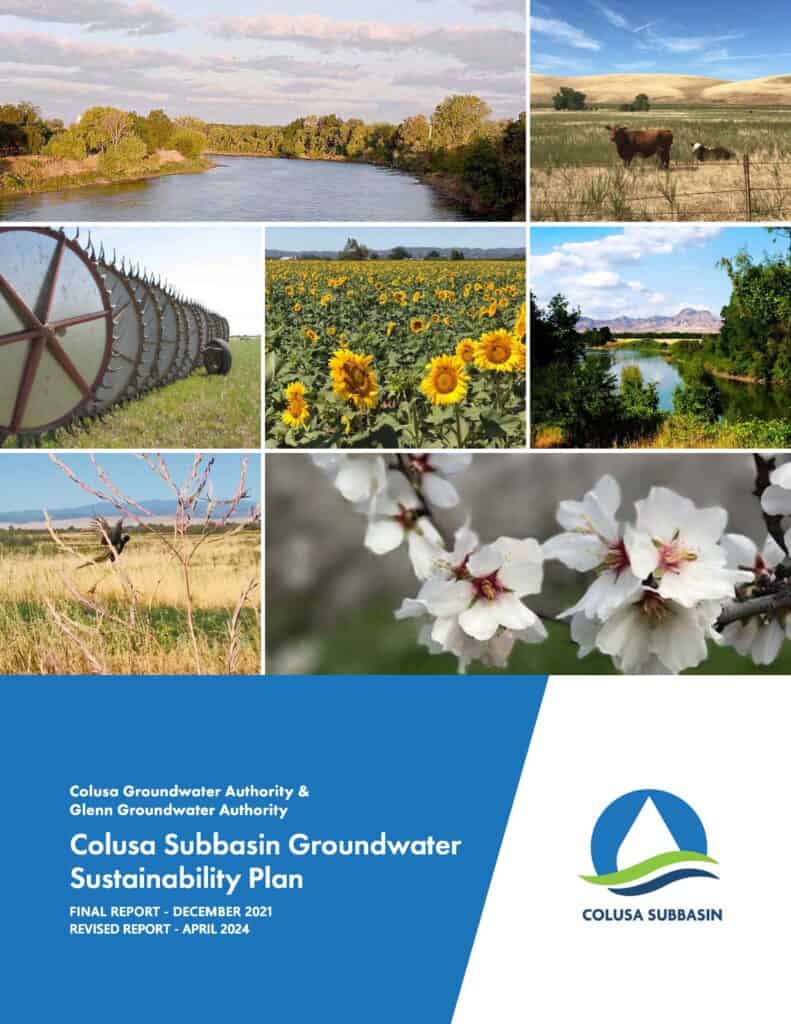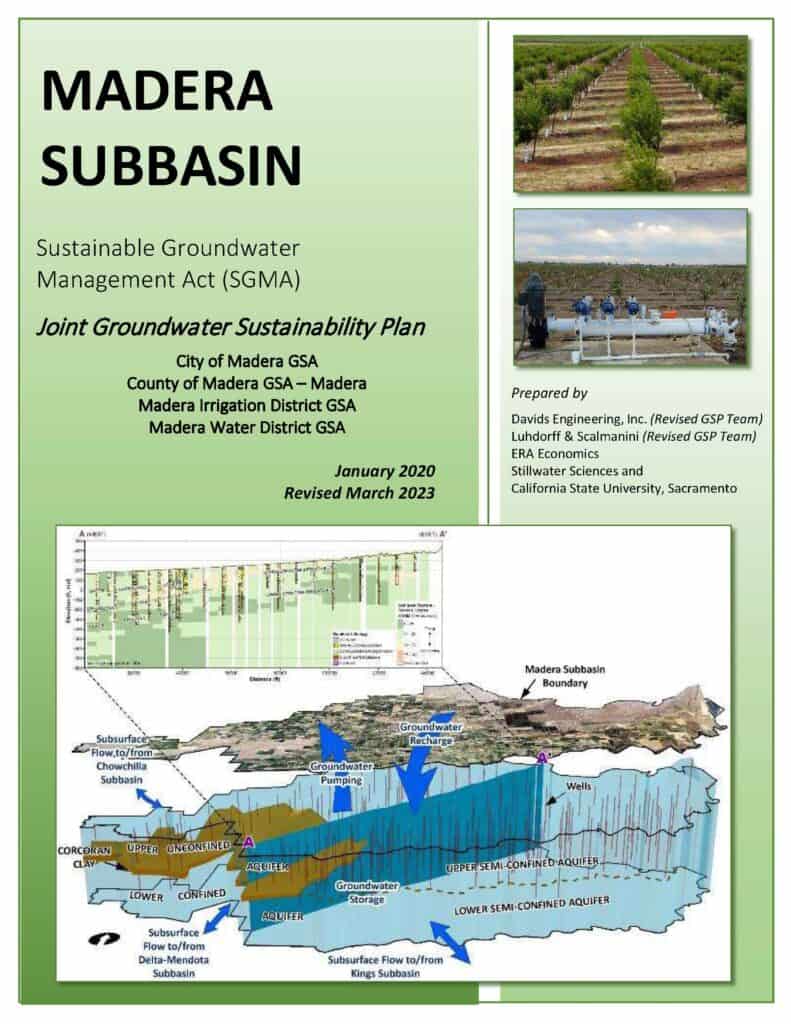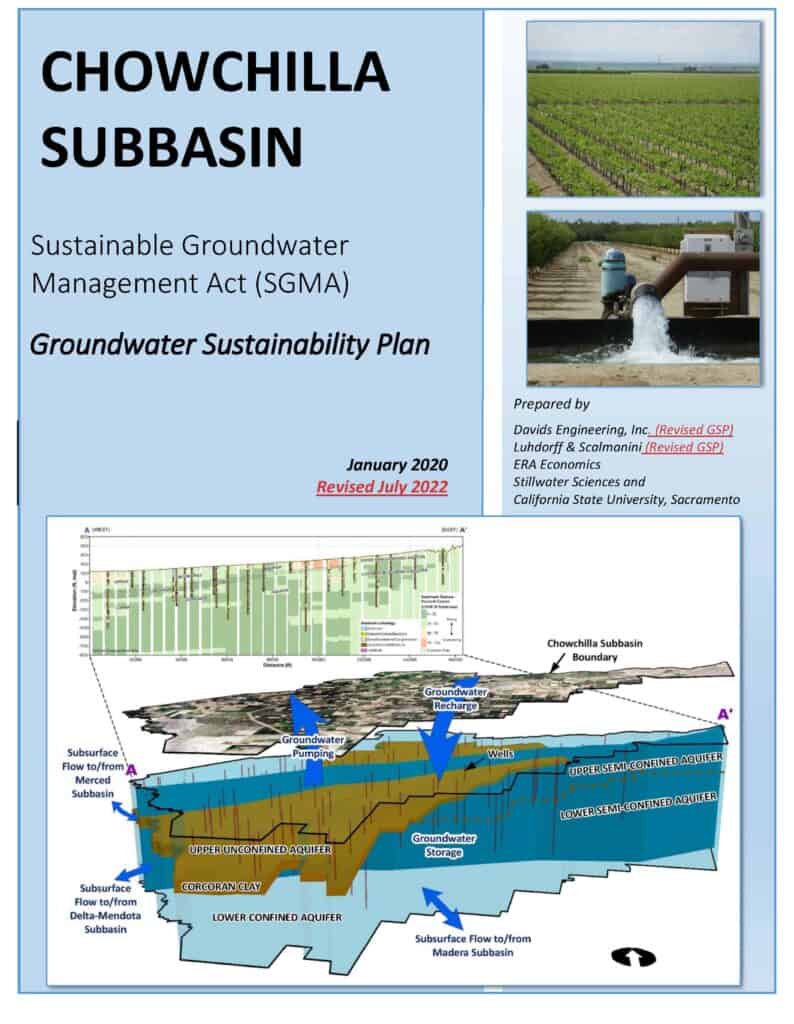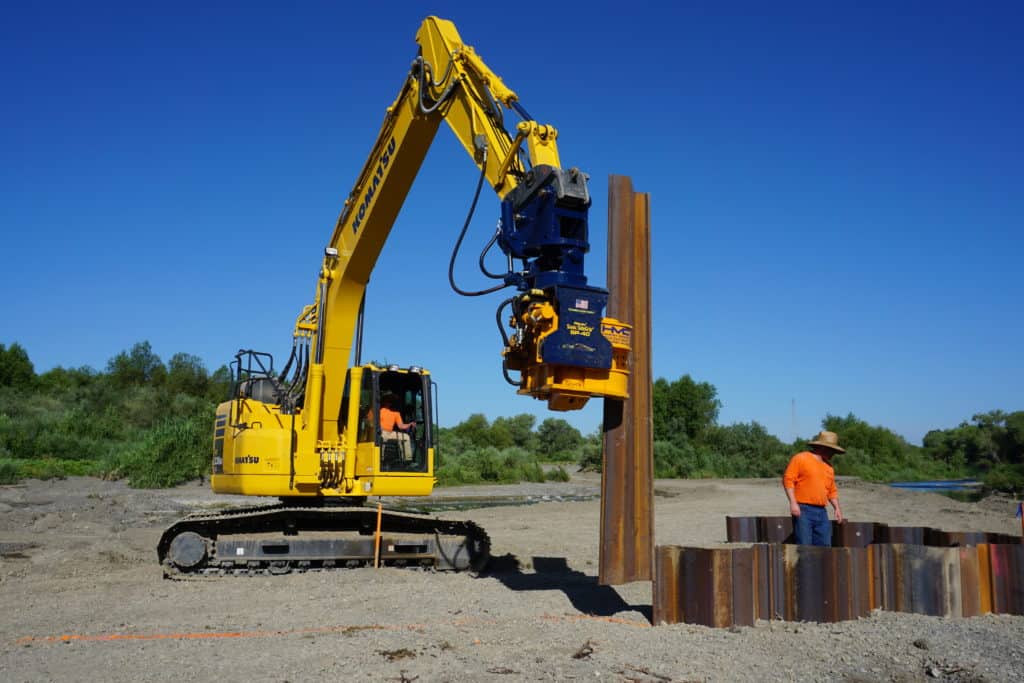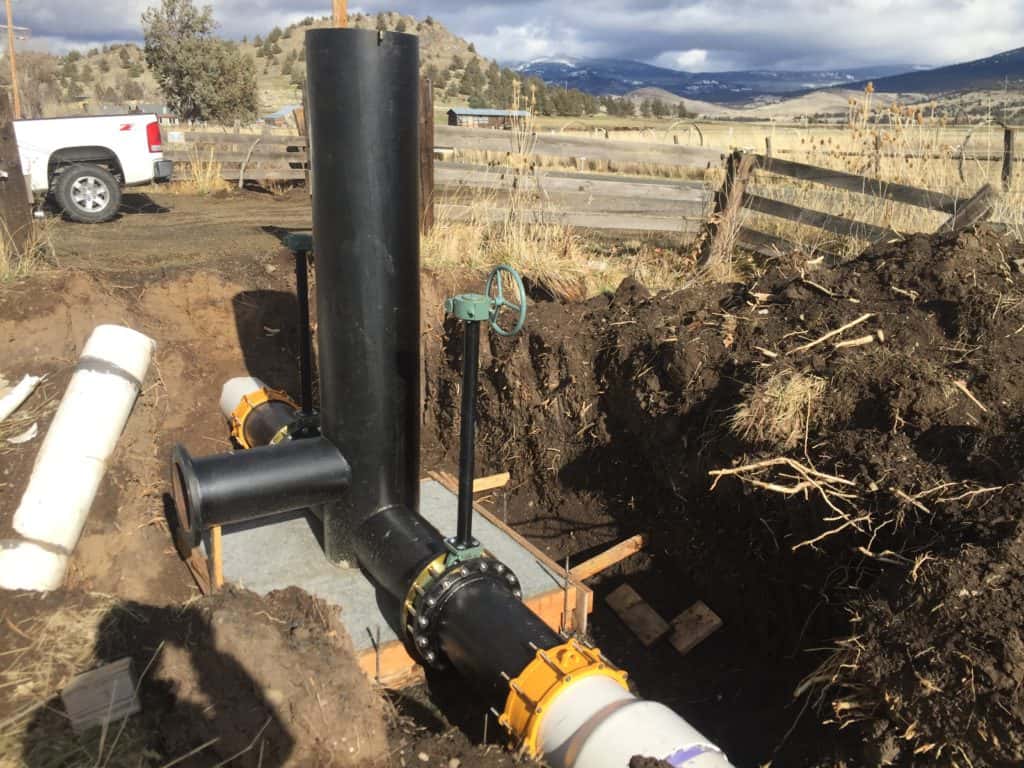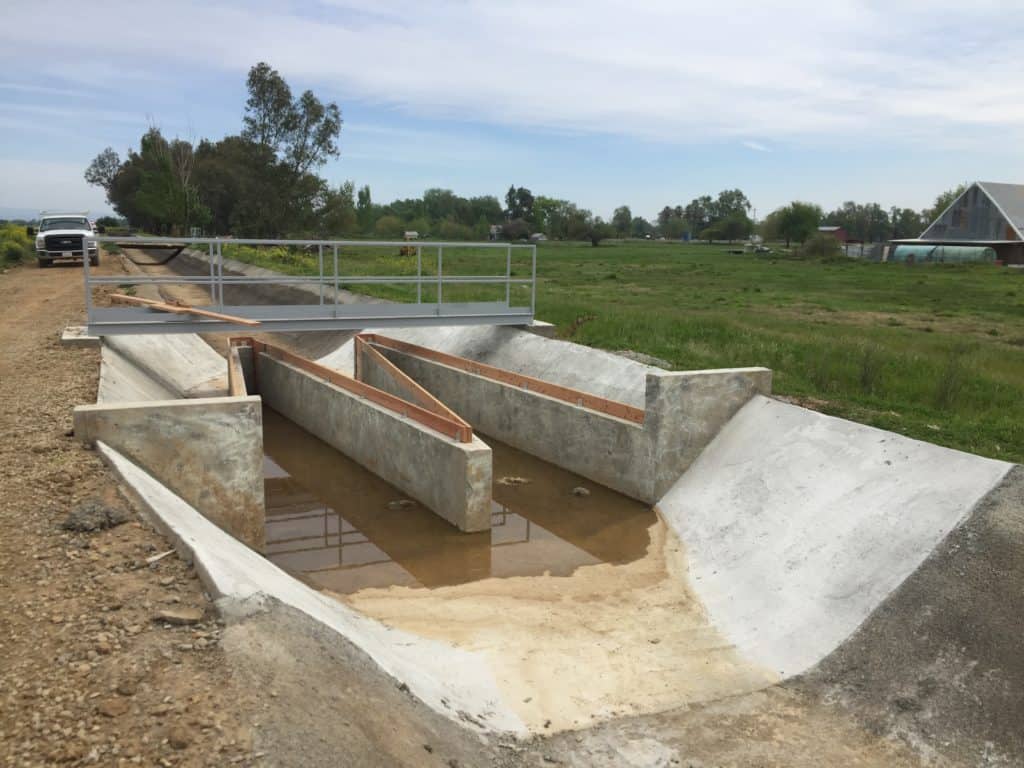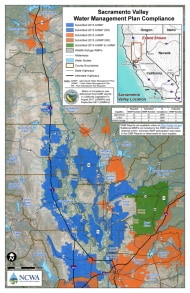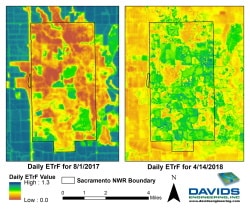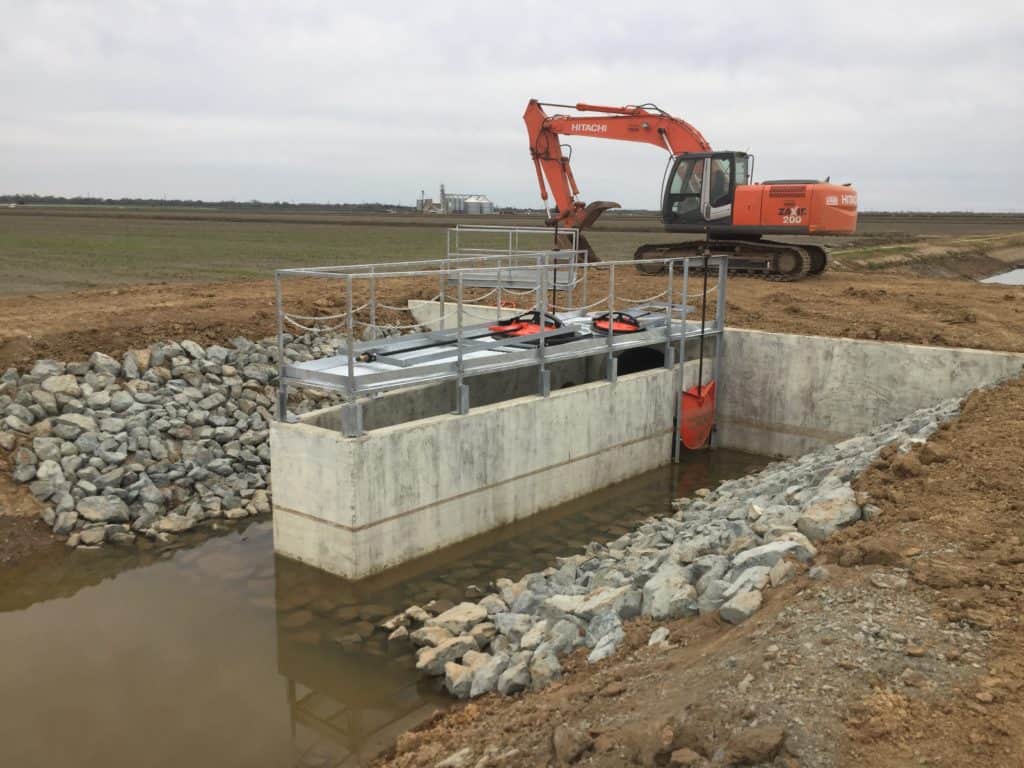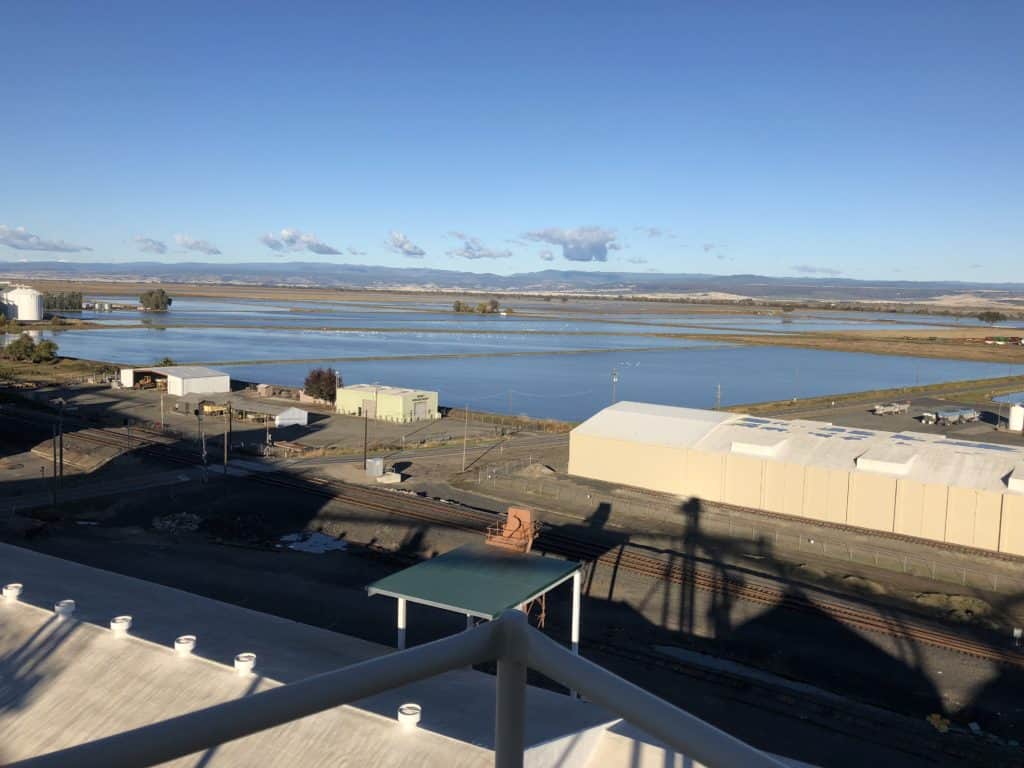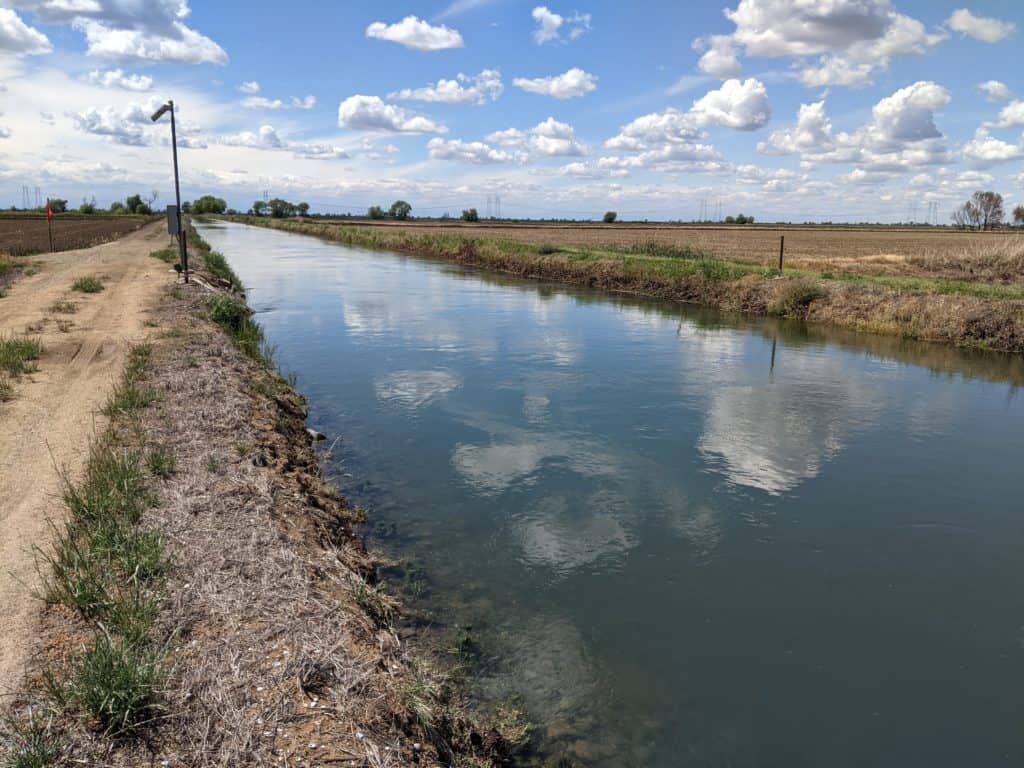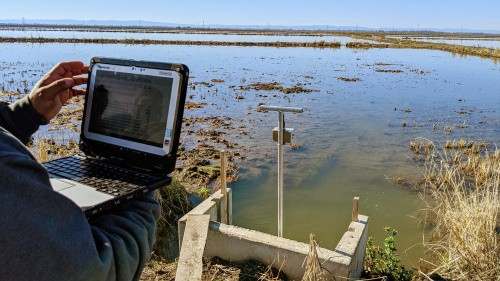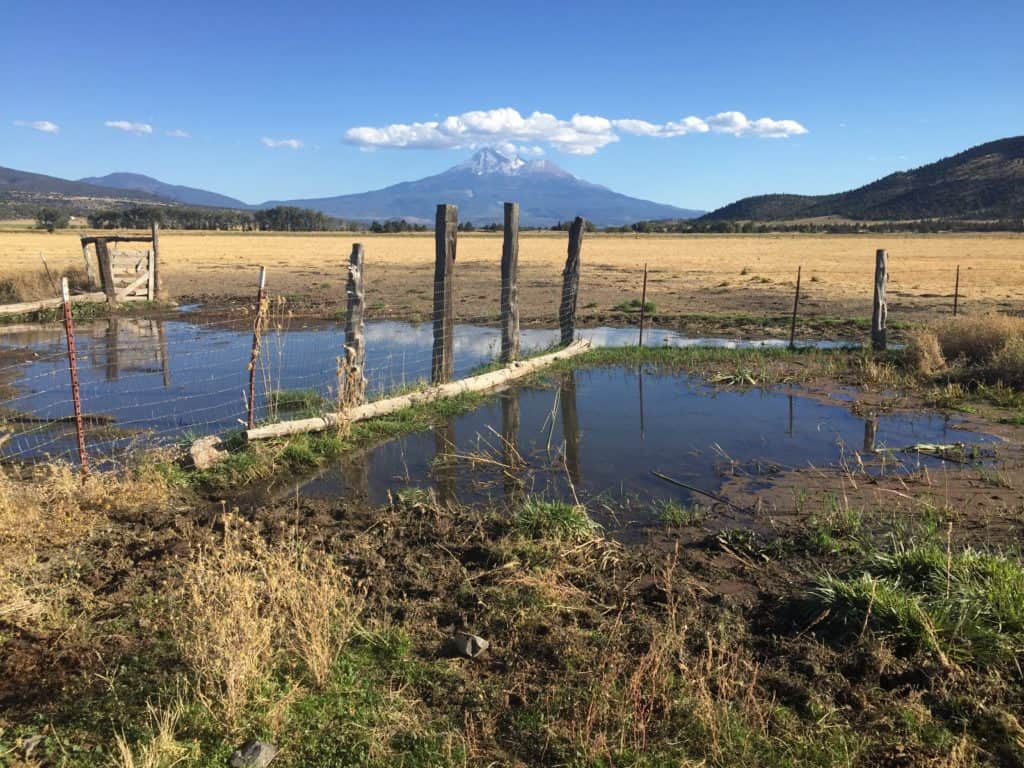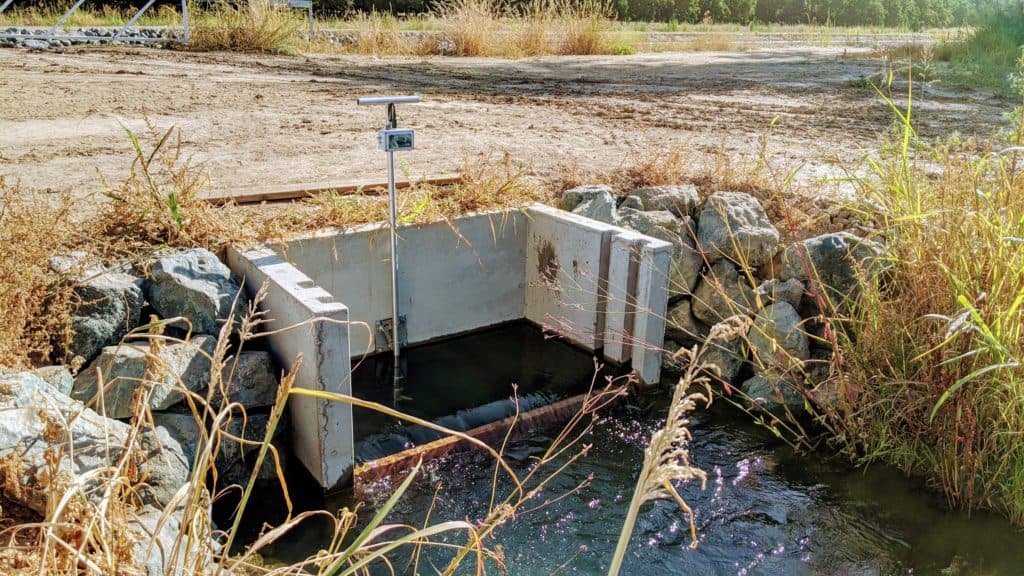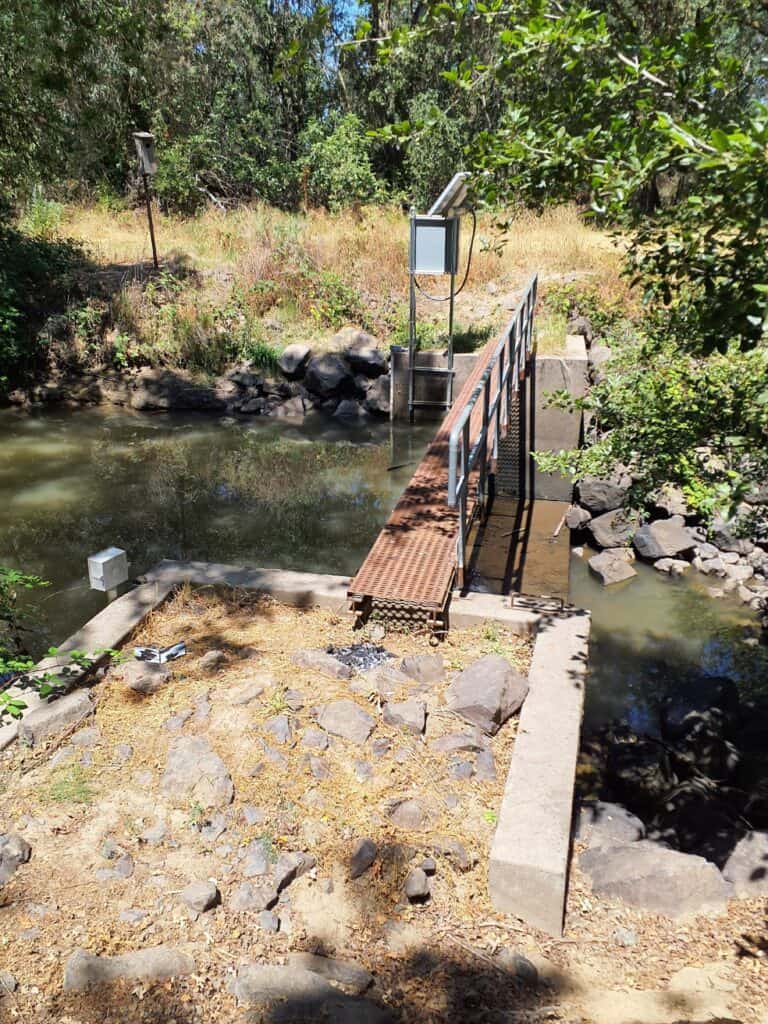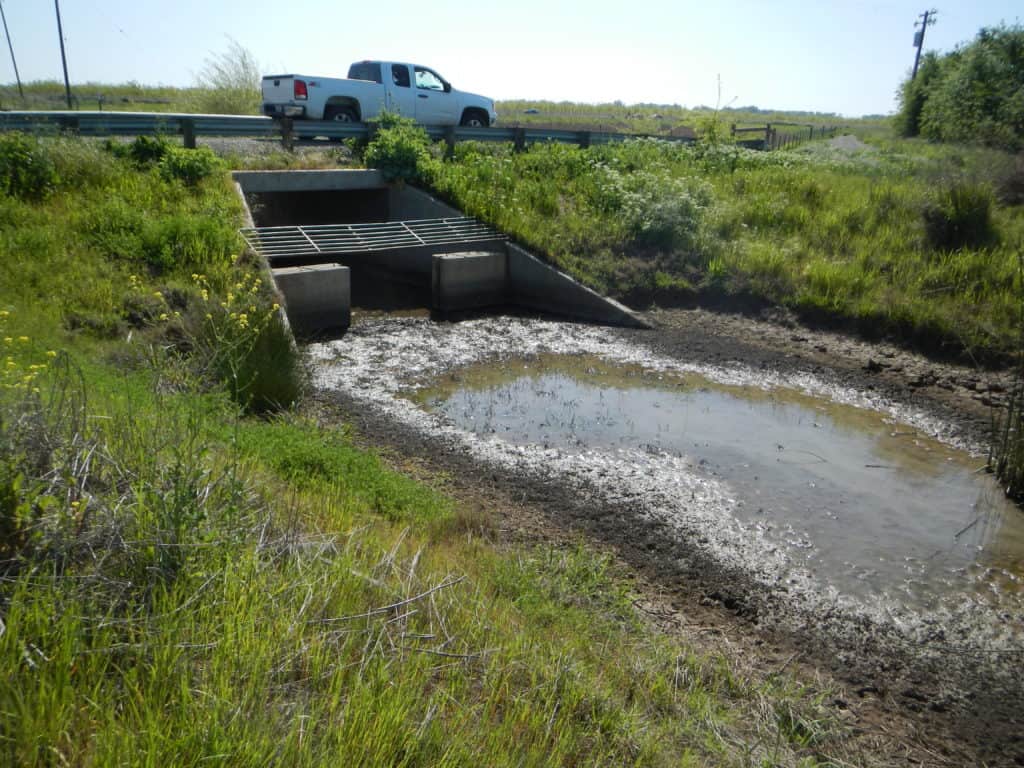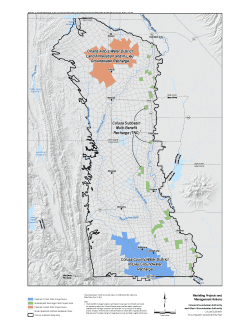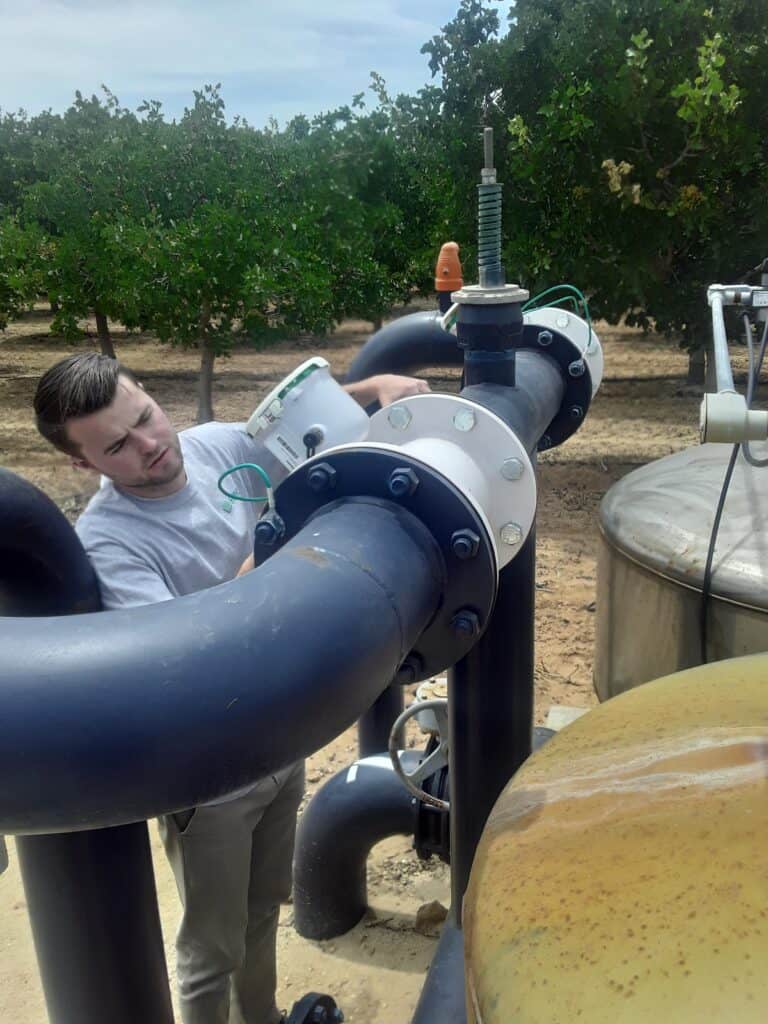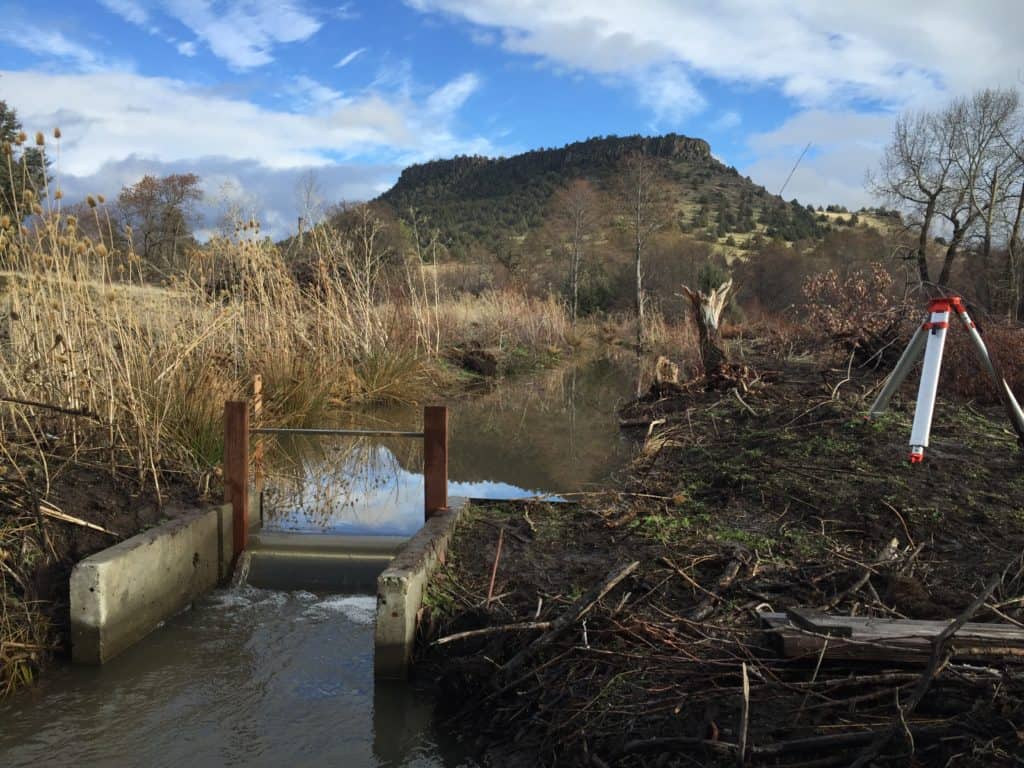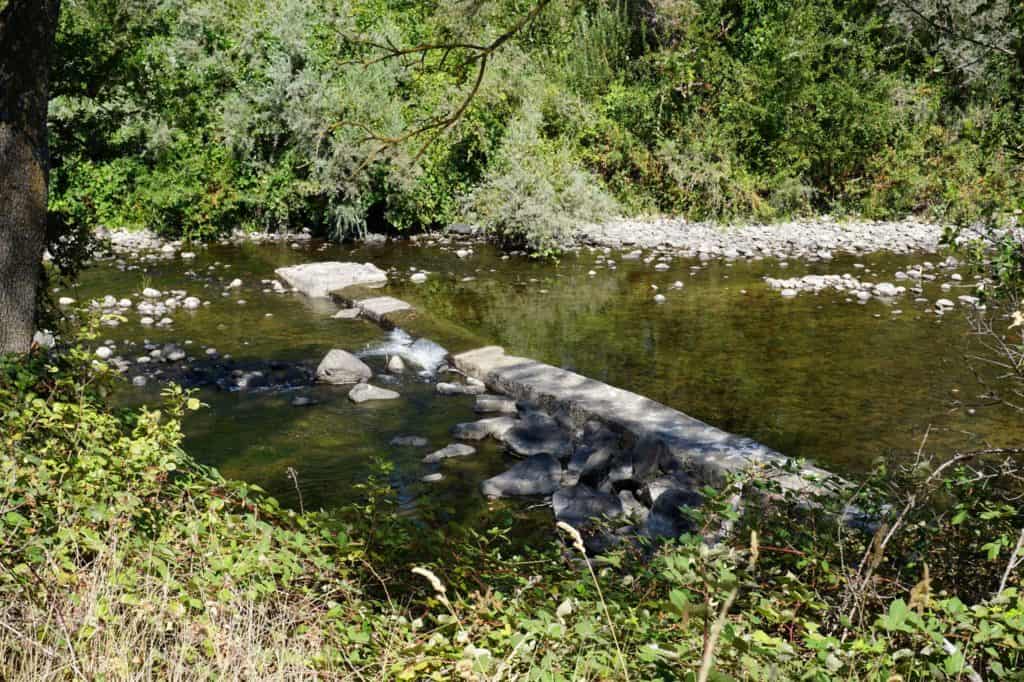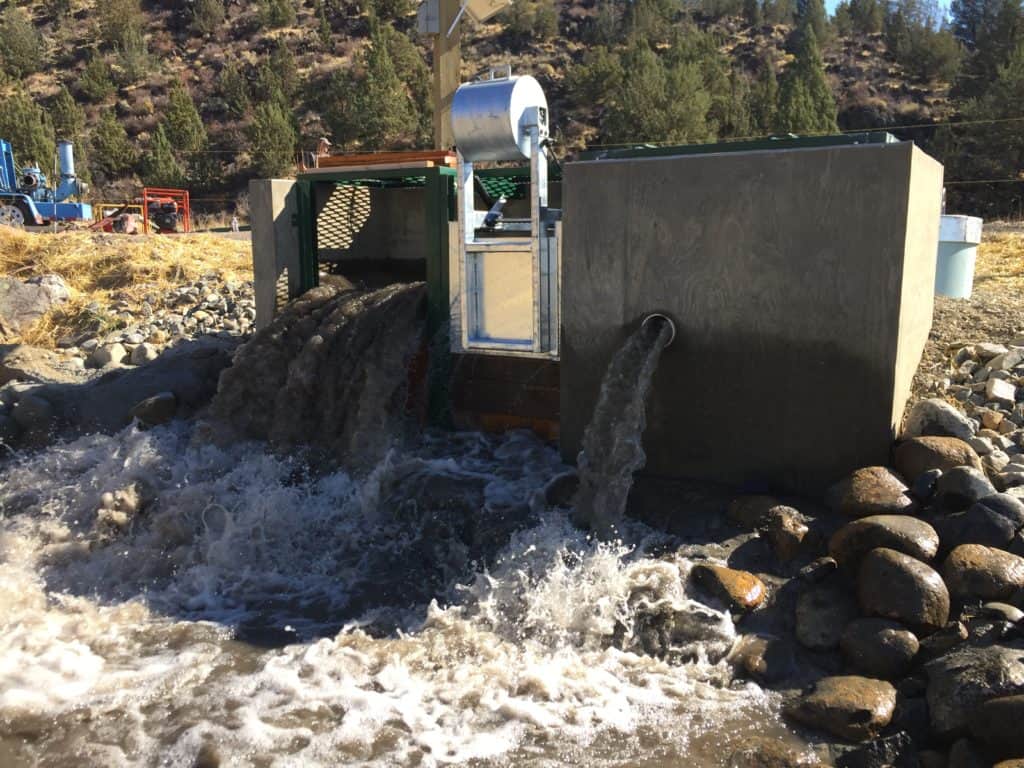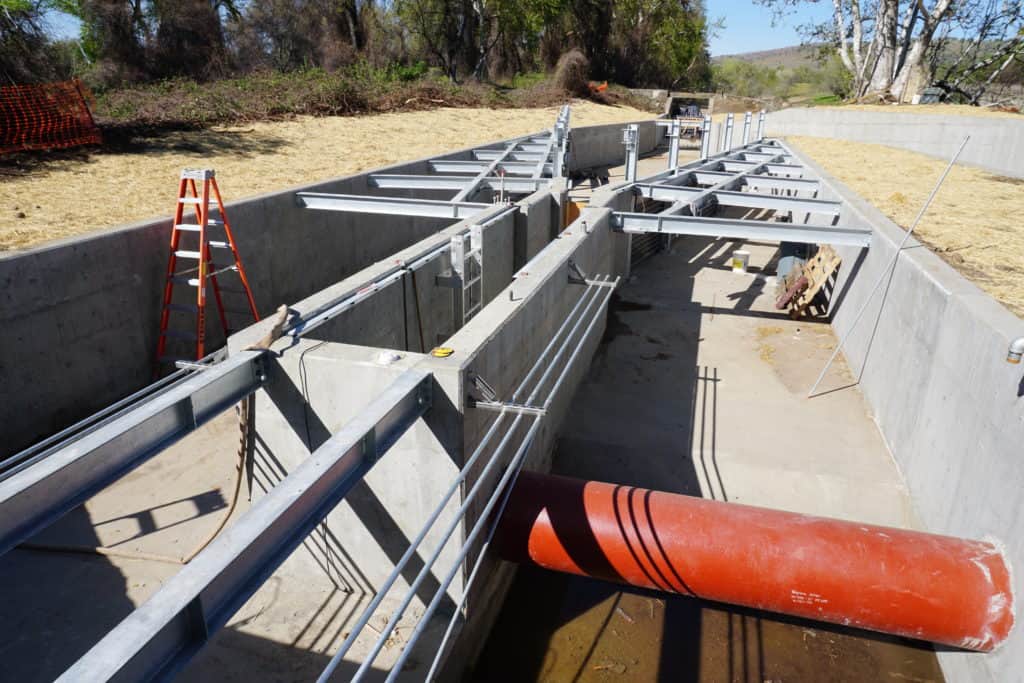From the time of the gold rush in California in the 1850’s until recently, the amount of wetlands habitat in the Central Valley has drastically decreased in size. Compounded with lack of sufficient water supplies, negative impacts to the remaining wetlands habitat and species relying on the habitat (including waterfowl, shorebirds, and other terrestrial, avian, and aquatic species) have been a result. This highlights the need to further optimize wetland water supplies through efficient and adaptive water management strategies. Davids Engineering led a study to better understand the effects of various water management approaches on evapotranspiration (ET) from managed wetlands. To accomplish this, ET was estimated through both ground-based eddy covariance stations and remote sensing data using the METRIC technique and the results were compared and contrasted with refinements made to remote sensing estimates based on ground-based data. Increased knowledge about how ET differs for various wetland habitats and water management strategies allows for better management of these important ecosystems and environmental areas in California.
